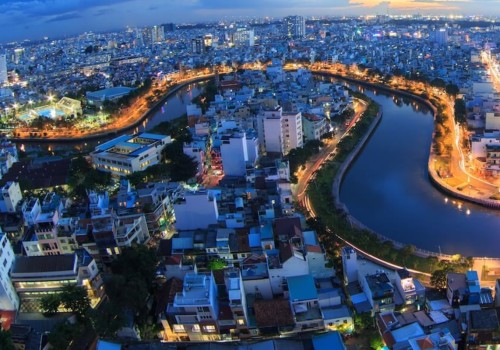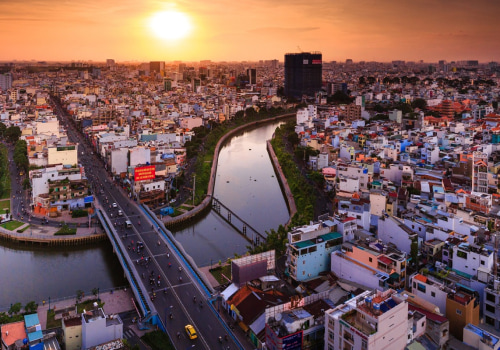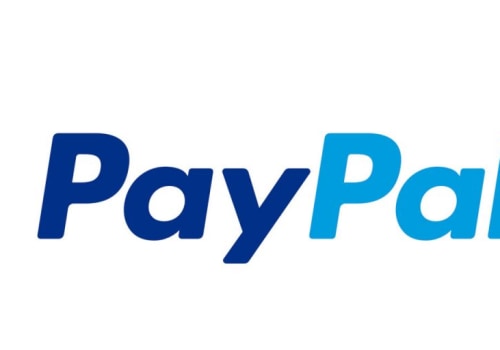In 1975, northern Vietnam won the war and changed the name of Saigon to Ho Chi Minh City, after the prime minister, a revolutionary leader of the communist party. The change of name was not voluntary on the part of those living in the South; it was a declaration of the success of the North. The other part is the story of the new name. Ho-Chi-Minh dates back to a particularly bitter period in Vietnamese history, the Vietnam War.
The name was deliberately chosen as a slap in the face to humiliate the south. Calling that city saigon is something like calling Tokyo by its old name Edo, calling Chennai Madras of India, calling the US state of Utah Deseret, calling New York New Amsterdam, calling the German city of Chemnitz Karl-Marx-Stadt, calling St. Petersburg Petrograd (or Stalingrad or Leningrad), calling Kaliningrad Koenigsberg, and so on. After the Japanese surrender in 1945, the Viet Minh organization declared Vietnamese independence under the command of Ho Chi Minh in Hanoi, but the celebrations in Saigon turned into riots.
In 1975, Saigon merged with the neighboring province of Gia Đnh and was renamed Ho Chi Minh City (although Saigon is still frequently used). When Vietnam was officially divided into North Vietnam (the Democratic Republic of Vietnam) and South Vietnam (the Republic of Vietnam), the southern government, led by President Ngô Đình Diệm, kept Saigon as its capital. In 1976, the government of unified Vietnam changed the name of Saigon in honor of Chi Minh, who was president and founder of the Vietnam Workers' Party. Internet Service Providers (ISPs) operating in Ho Chi Minh City include Vietnam Data Communication Company (VDC), Corporation for Finance and Promoting Technology (FPT), Netnam Company, Saigon Post and Telecommunications Services Corporation (Saigon Postel Corporation, SPT) and Viettel Company.
With the capture of the city by the French in 1859, the name Gia Đnh was discarded and replaced by the name Saigon, which had always been the popular name. Considering the boundless love of the people of Saigon-Gia Dinh City for President Ho Chi Minh and their desire for the city to bear his name; Considering the long and difficult revolutionary struggle launched in Saigon-Gia Dinh City, with several glorious feats, deserves the honor of receiving his name President Ho Chi Minh;. In addition, the names Saigon and Ho Chi Minh City appear on the city's official seal (logo). The two most prominent projects are the Thu Thiem City Center in District 2 and the New Phu My Hung City Center in District 7 (as part of the Saigon South Project), where several international schools such as Saigon South International (The American School), the Japanese school, Royal Melbourne of Australia Institute of Technology, there are schools in Taiwan and Korea).
Saigon was occupied by the Japanese in 1940, but French colonial authorities continued to administer Vietnam until 1945, when they were interned by the Japanese. Ho Chi Minh City, Vietnamese Thanh Pho Ho Chi Minh, formerly Saigon (until 197), the largest city in Vietnam. As a result, some people may be offended if you use the official name, while others may be offended if you use Saigon. During the Second Indochina War (or Vietnam War) in the 1960s and early 1970s, Saigon was the headquarters of the U.
Of the nearly 3 million Vietnamese overseas, the majority left Vietnam as political refugees after 1975 as a result of the fall of Saigon and the consequent seizure of power by the communist regime, residing in North America, Western Europe and Australia. At that time, Saigon and the city of Cholon (Chlản), which was mainly inhabited by Vietnamese Chinese, were combined into an administrative unit, called the Capital of Saigon (Đô Thành Sài Gòn in Vietnamese). .




